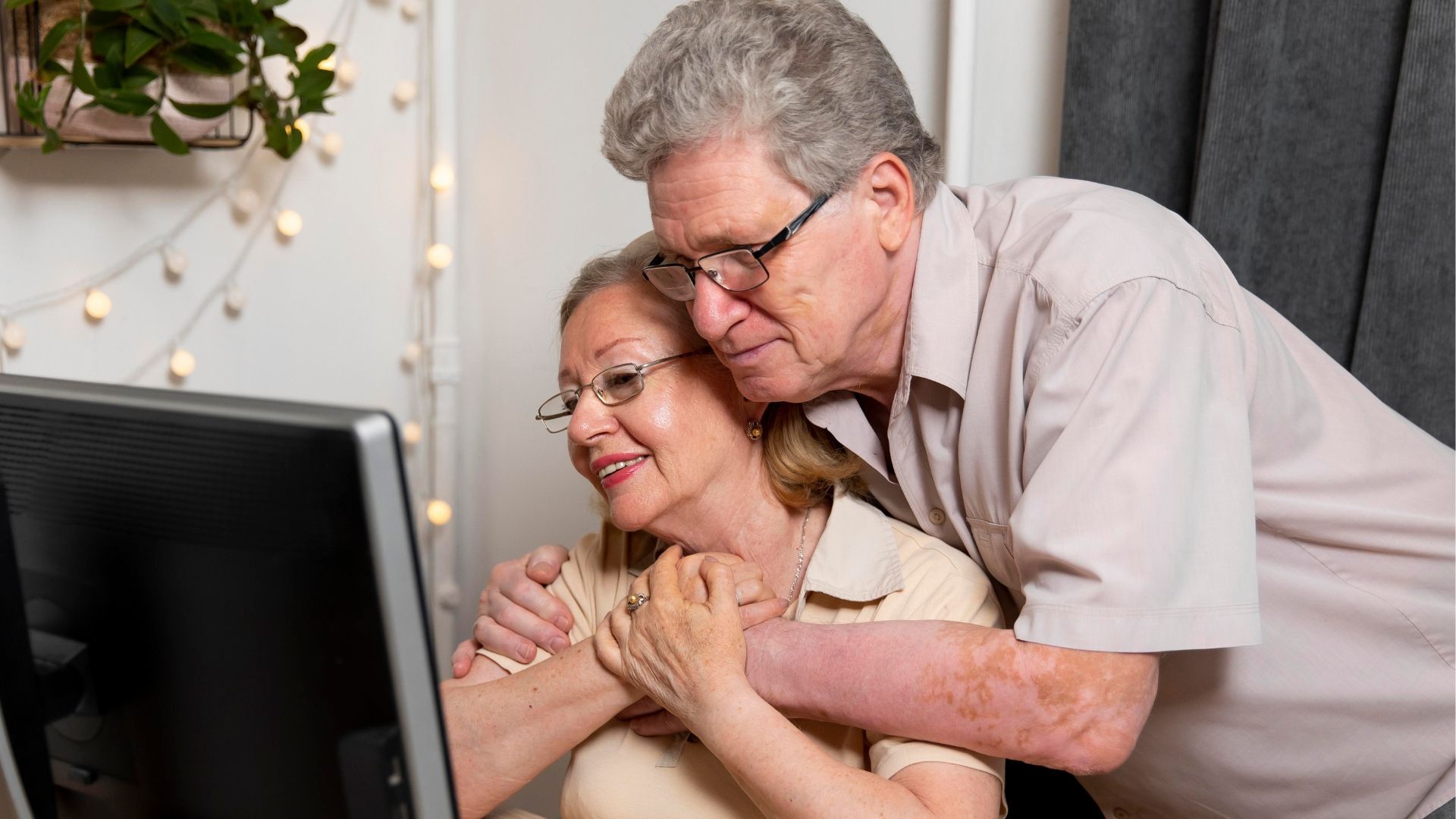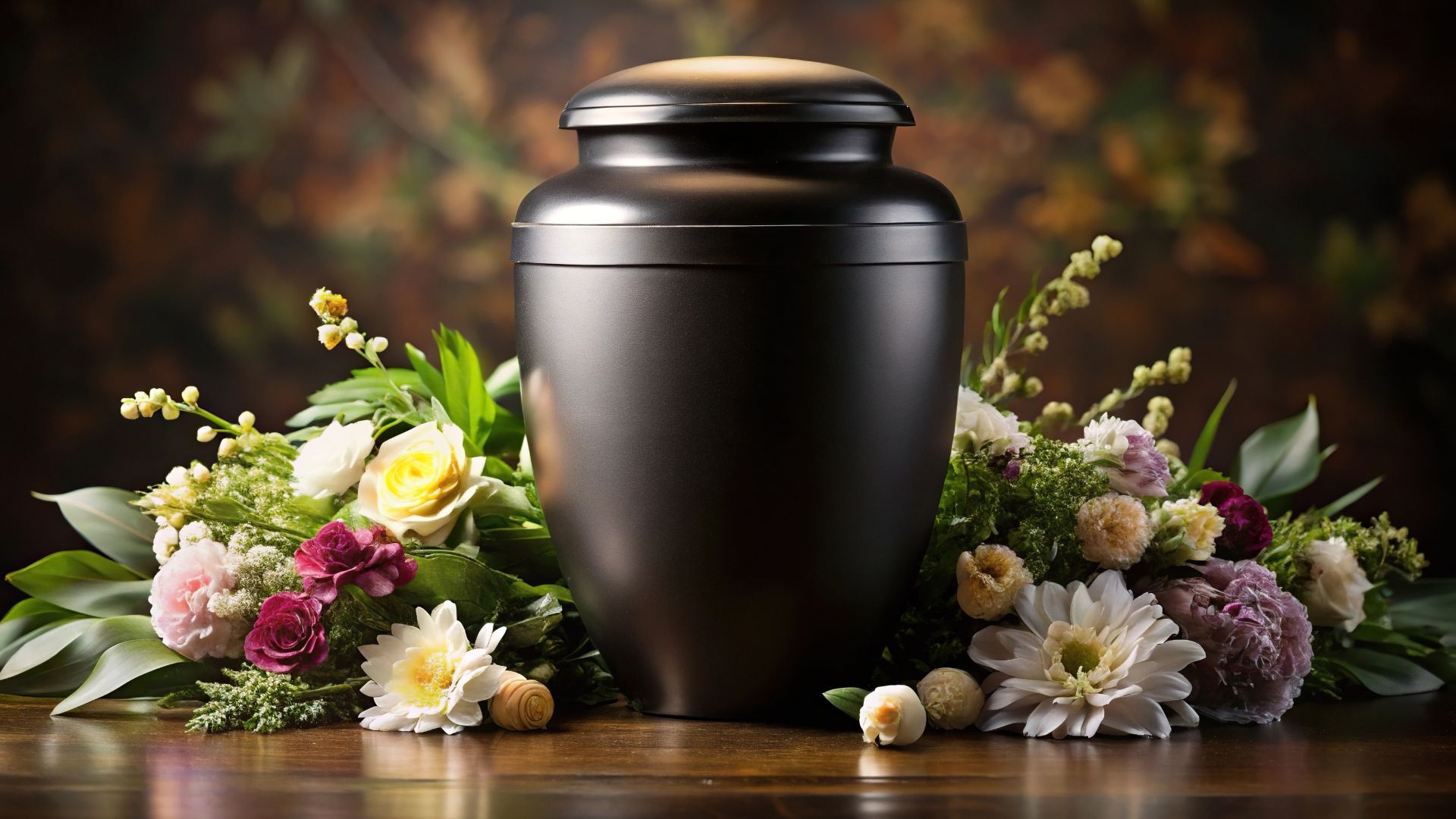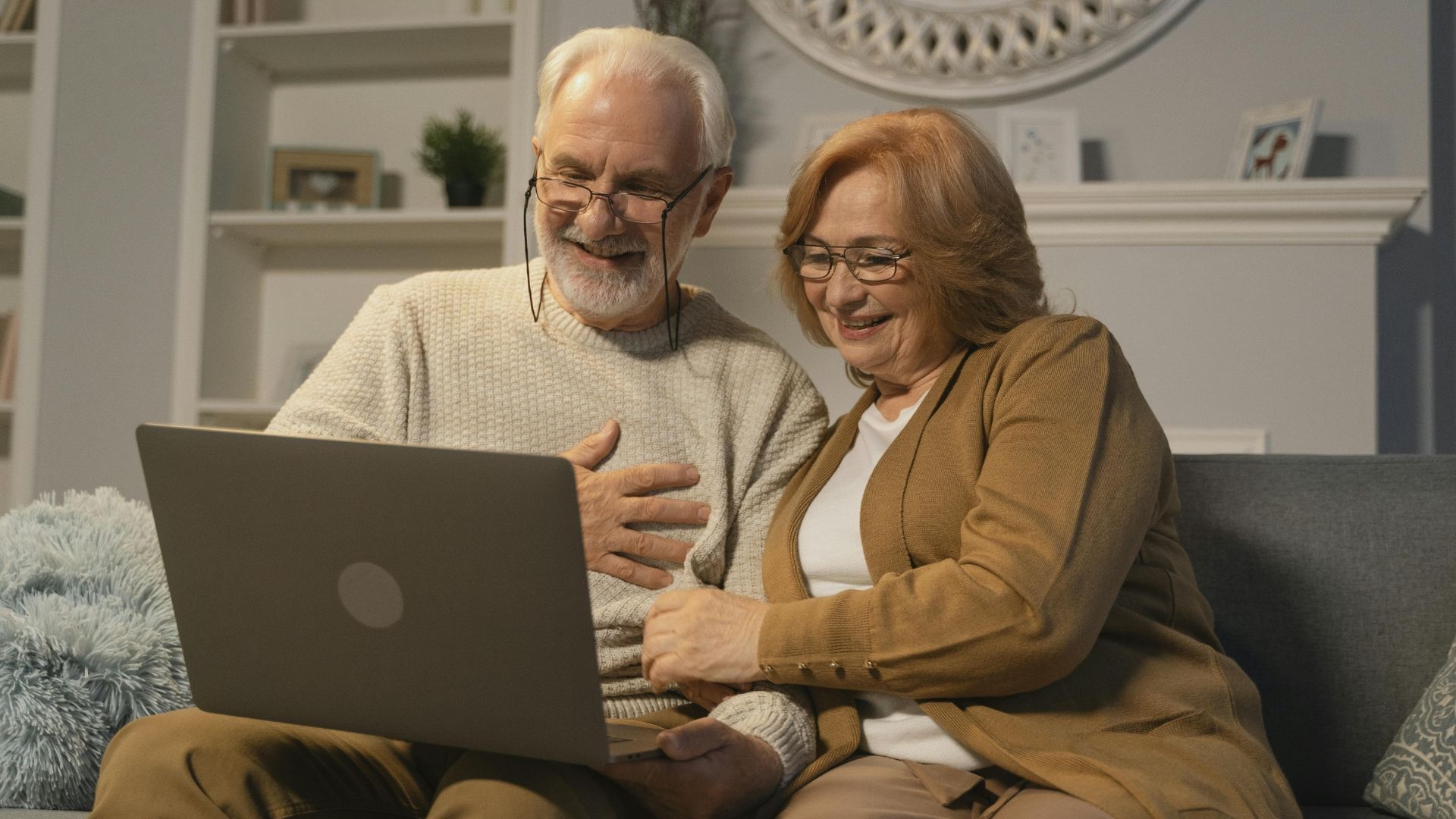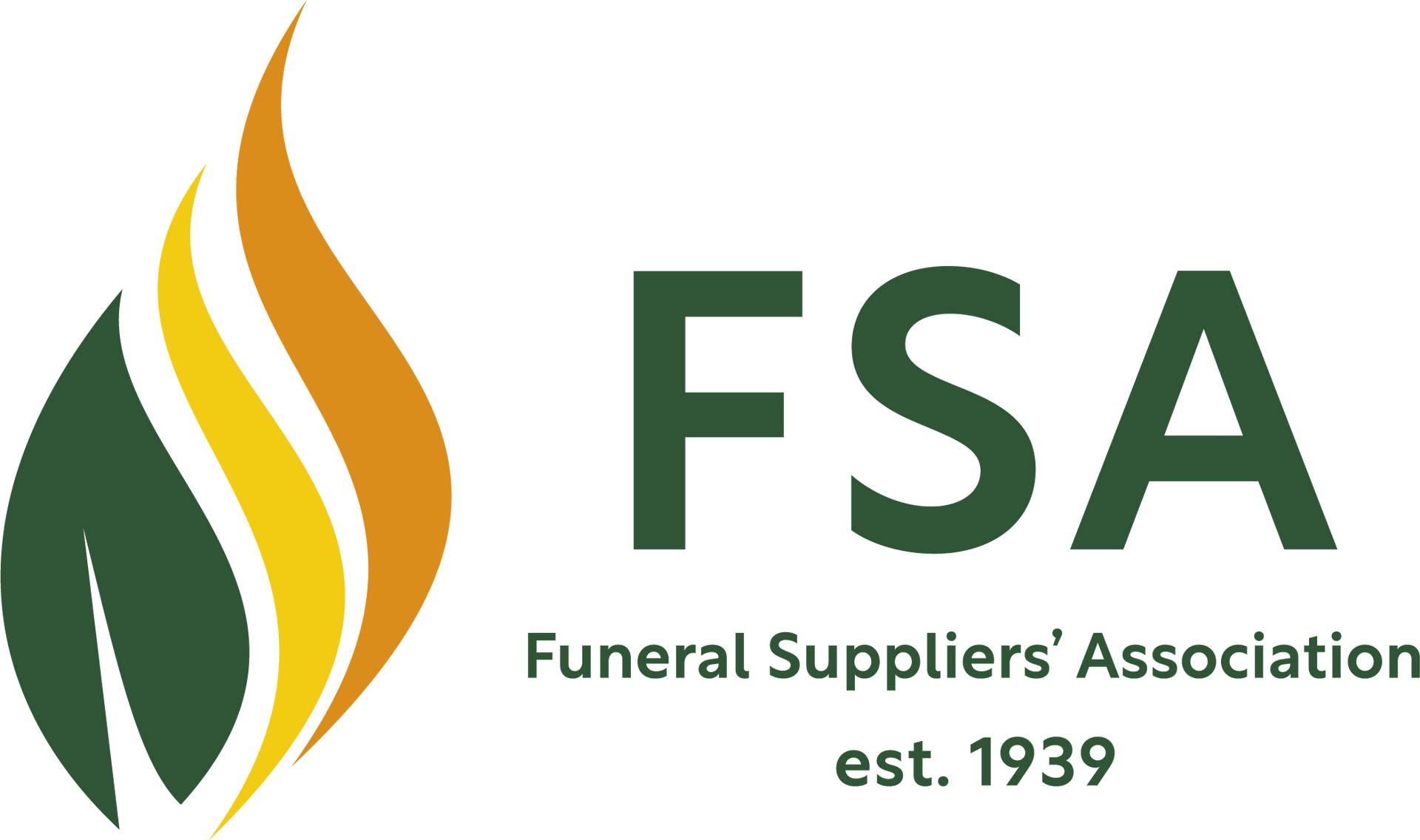Direct cremation: facts and misconceptions
As direct cremation becomes more popular, so do the myths surrounding it. Let's take a look at a few of them.
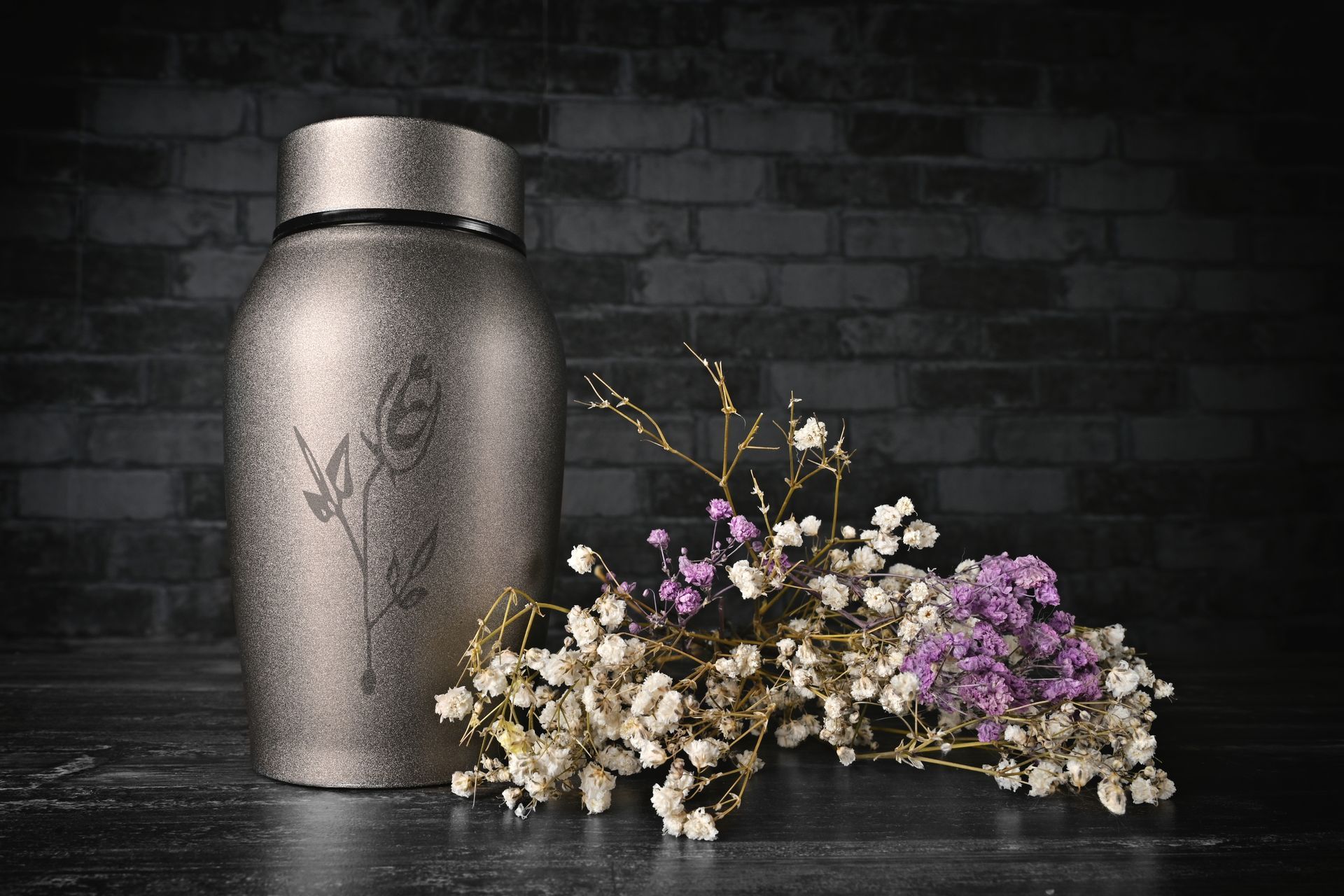
Funerals are forever evolving. While some follow the traditions of their culture or faith, many others are embracing unique and personalised ceremonies that feel more like celebrations of life.
Nowadays, it's not uncommon to see funeral guests wear bright colours. Or for wakes to be decorated to fit themes like football teams or favourite hobbies. Some friends and relatives even choose personalised coffins and hearses for their loved ones.
Attitudes have changed. Modern funerals can be whatever you want them to be. And, increasingly, people are asking, "Do we even need to have a funeral service?"
That's the idea behind direct cremation. It's a type of unattended funeral – or, to put it another way, a funeral without a service. And it's becoming increasingly popular in the UK.
In this guide, we take a closer look at direct cremation and tackle a few misconceptions and misunderstandings that sometimes crop up.
What is direct cremation, exactly?
Traditionally, a cremation funeral includes a funeral service. People can go to the crematorium and pay their respects – and there'll be a ceremony conducted by a celebrant or faith leader.
But with a direct cremation, there is no service. Nobody is allowed to go to the crematorium and no ceremony is held before the person is cremated.
Direct cremations are becoming more popular. According to Sunlife, direct cremation accounted for 20% of UK funerals in 2023. This is a stark increase on 2019 when only three percent of people chose direct cremation.
The popularity of traditional cremation funerals, meanwhile, fell by more than 20% over the same period.
You might have seen adverts on TV for direct cremation. These promise a kind of "no-fuss funeral", where you can skip the bells and whistles and save your family the trouble of organising a send-off.
But these ads don't always tell the full story – and as a result, some misunderstandings have arisen around direct cremations and how they work.
Let's take a look and see if we can make things clearer.
Misconception 1: people choose direct cremations to save money
Direct cremations do tend to be more affordable than traditional funerals.
This makes sense. After all, you're only paying for the cremation and the support of a funeral director. You don't have to pay to hire the venue, arrange transport or source flowers – costs that can quickly ramp up.
The average cost of a direct cremation in 2023 was £1,498. If that sounds expensive, consider this: a traditional cremation typically costs about £3,795. For a burial funeral, meanwhile, you could expect to pay around £5,077 – a whopping 153% more than direct cremation.
And that's before you factor in "extras" like venue hire, transport and flowers.
Funerals are expensive nowadays. And in this landscape, direct cremation is clearly a budget-friendly option.
But most people aren't choosing direct cremation because it's affordable. According to SunLife's research, only 25% of people choose it for financial reasons. Fifty-seven percent, meanwhile, say they opted for direct cremation because it's "simpler" or "quicker" to organise.

Misconception 2: choosing direct cremation means you can't say goodbye
Choosing direct cremation doesn't mean you'll miss the opportunity to say goodbye.
Sure, there's no funeral service. But instead, you could hold a memorial service at another time.
While memorial services are often more informal, they don't have to be. In fact, the only real difference between a funeral ceremony and a memorial service is whether the person's coffin is present. A memorial service happens after the person has been buried or cremated, so there is no coffin.
Another way to pay your respects without a funeral is to create a memorial web page. This is a type of online tribute that can include stories, pictures, quotes and more.
Misconception 3: direct cremation means you can't have a viewing
Some are uncomfortable with the "directness" of direct cremation – and understandably so. In most cases, the person who has died will be collected and cremated without any kind of viewing or service.
This can be especially difficult for people who expect to view the body for cultural or religious reasons. Or, indeed, those who simply feel that spending a few moments with their loved one will help give them a sense of closure.
There is another option, however. You could choose a so-called "attended" direct cremation.
The name is perhaps a little misleading. With an attended direct cremation, there's still no funeral service. However, a few close friends and family members are allowed to go to the crematorium and spend around 10 minutes with their loved one before the cremation.
Attended direct cremations are a fairly new type of service and are not offered by all direct
cremation providers. If you're organising the send-off, it's worth checking with a few providers to see if it's possible in your area.
Are you looking for a lasting tribute?
As we've seen, choosing direct cremation doesn't mean doing without. You can still say goodbye to your loved one in your own way and in your own time.
You could hold a memorial service or celebration of life. You could buy a special urn or scatter the ashes in a favourite spot. Or you could create a digital memorial that lets people pay their respects online.
That's how we can help. At Treasured Moments, we craft beautiful, tailored memorial websites. We let you capture your most treasured memories online and make them sparkle with photographs, music, quotes and a professionally written tribute.
Once the page is ready to go, you'll get a unique URL and QR code that you can share with friends and relatives. This means they can celebrate your loved one's life with you – even if they can't make it to a memorial service.
Our friendly team are always ready to answer questions and talk you through how it works. To get started, simply drop us a message online.




